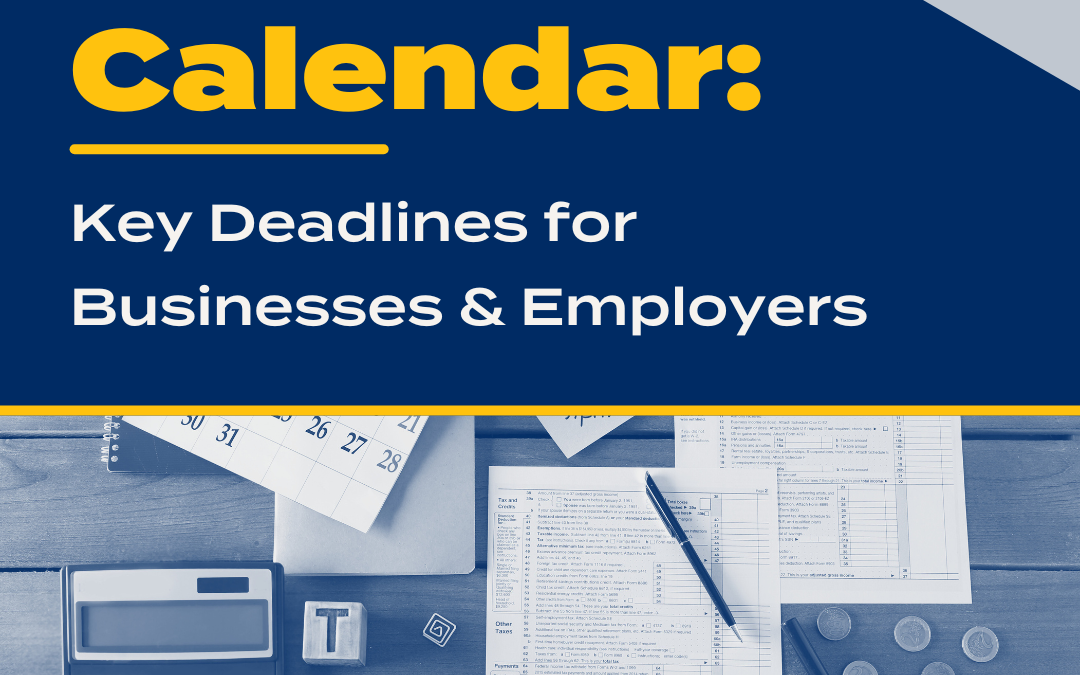Whether you are an employee or you own your own business, retirement plans can be the best way to retire with dignity. With fewer companies offering pensions, it is really important that we save on our own for our own retirements. That being said, although workers are getting better, most still need to contribute more.
Listen in now; click the orange circle below:
Script
Whether you are an employee or you own your own business, retirement plans can be the best way to retire with dignity. With fewer companies offering pensions, it is really important that we save on our own for our own retirements. That being said, although workers are getting better, most still need to contribute more.
As employees, it is critical that you take advantage of plans that are offered by your employers. Most of these plans, in a lot of cases, offer matches – which is like getting free money.
WHAT TYPES OF RETIREMENT PLANS ARE AVAILABLE?
There are really six (6) different kinds of retirement plans if you don’t count the pension plans.
- IRAs – Normally contributions to Traditional IRAs are tax deductible (pre-tax dollars), but you will pay tax when it is withdrawn on your contributions and earnings.
- Roth IRA – Contributions are not tax deductible (after-tax dollars), but you will not need to pay any tax when it is withdrawn; not on the contributions or the earnings.
- 401(k) – Employees can contribute pre-tax dollars. The benefit to the employee is that the company also may match some of their contributions.
- Roth 401(k) – Employees can contribute after tax dollars. Once again not taxed later on contribution or earnings, plus you may get a match.
- SIMPLE IRA Plan – Employees can contribute pre-tax dollars and receive an employer match of up to 3%.
- SEP – Retirement plan fully funded by your employer. Different from a pension (guaranteed income).
In summary, you can do an IRA if your employer doesn’t have a formal plan, and as most of us know, as long as we fit into income limits, we can make contributions to our IRA which is deductible, but later on when we take that money out, we have to pay taxes on the money we put in, plus any of the earnings.
There are also Roth IRA’s. Roth IRA’s work a little bit differently. You can put money into a Roth IRA, again assuming your income limits are there, but that is not tax deductible. The advantage is, however, that when you take it out you don’t pay tax on what you take out or any of the earnings. So this is what a lot of people really like to do.
Then you have your 401(k)’s, your Roth 401(k)’s, and your Simple IRA Plans. These are plans wherein you can simply put money away, either tax-free or pre-taxed, like in the Roth 401(k) or the Simple Plan, or you can put it away after-tax, like in the 401(k). Those three vehicles allow you to put more away than you can in an IRA, which really helps. If your employer does what is called an SEP, or if you are self-employed, you can set up an SEP. That retirement plan is fully funded by your employer.
It is important to talk over these options with your tax preparer, but it is even more important that people start to contribute. You may say that there is no room in your budget to be able to do it, but I would come back and argue that if you start off with 1 or 2%, and then every year just bump it up 1 or 2%, it’s probably going to be something that you are not going to even notice. Plus, like I mentioned earlier, the match is FREE MONEY. In some of these retirement plans, the employer is matching some of your contributions.
WHAT IF A BUSINESS OWNER WANTS TO SET UP A RETIREMENT PLAN FOR THEIR EMPLOYEES?
If you are a business owner, there are many options available that can provide benefits to your employees: Like we talked about earlier, the 401(k)’s, the Simple Plans, and the SEP Plans. My advice would be for you to talk to your CPA if you are interested in setting up a plan.
ARE ANY OF THESE RETIREMENT PLANS THE BEST ONE OR ARE THEY ALL JUST DIFFERENT?
They are really all different. If you are looking at an IRA, your limit is fairly low. If you are looking at a Simple Plan, that is where you can put away kind of in the middle, maybe somewhere around $13,000-$14,000, or if you want to put even more away, the 401(k) might be your best option. It really depends on where you want to be in that savings spectrum.





